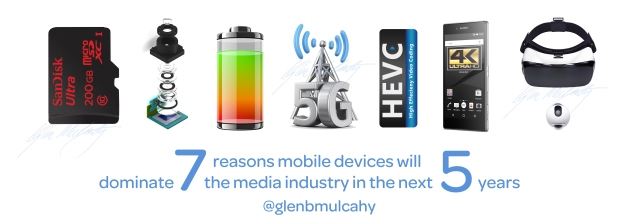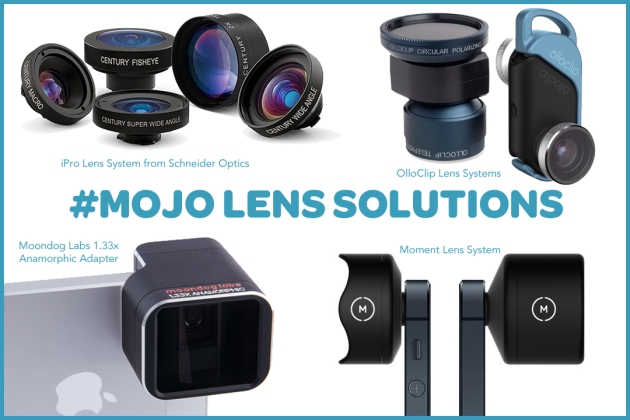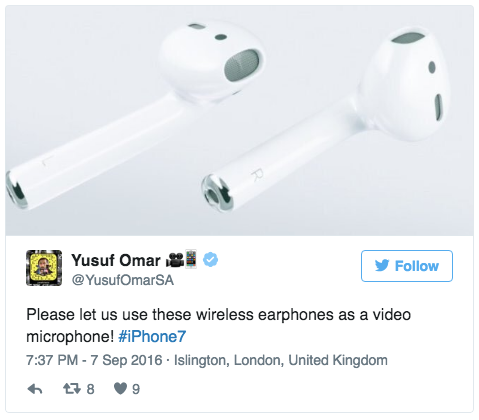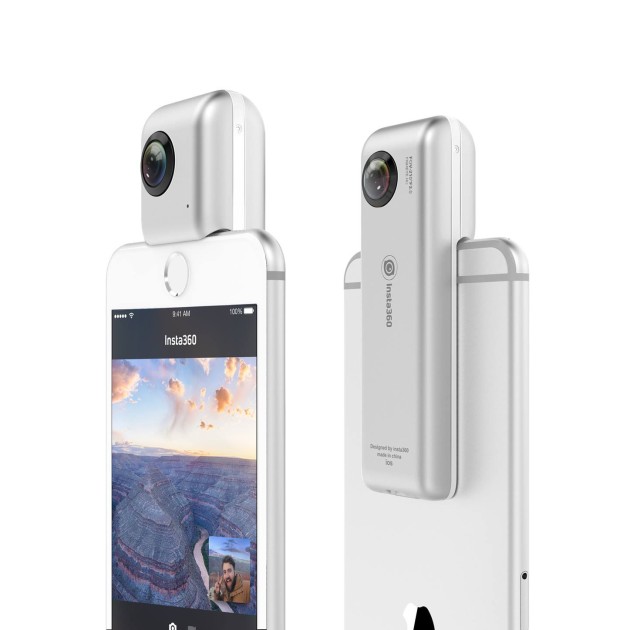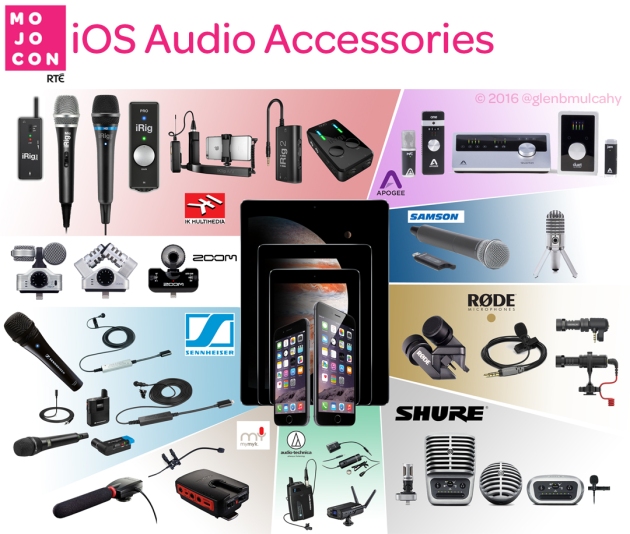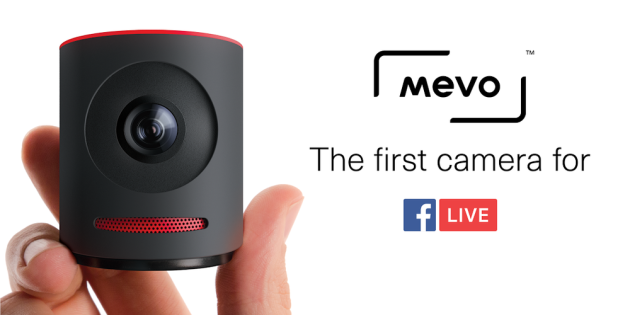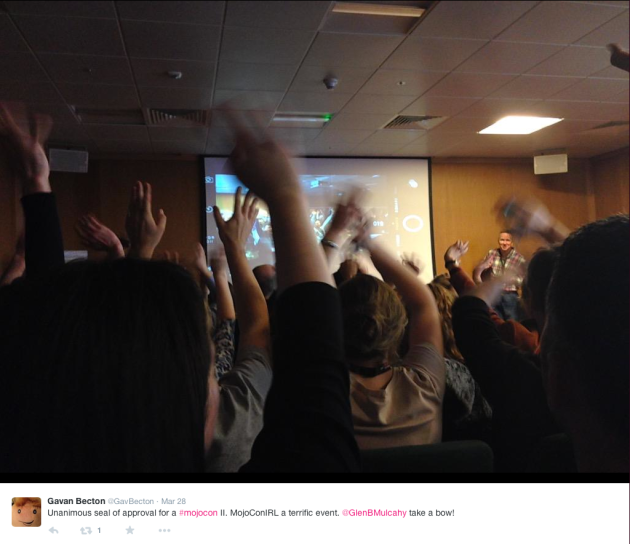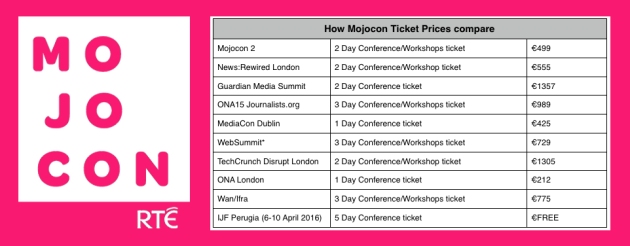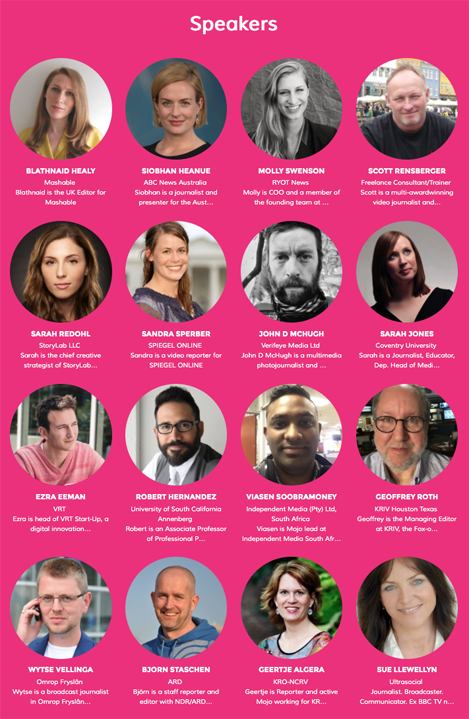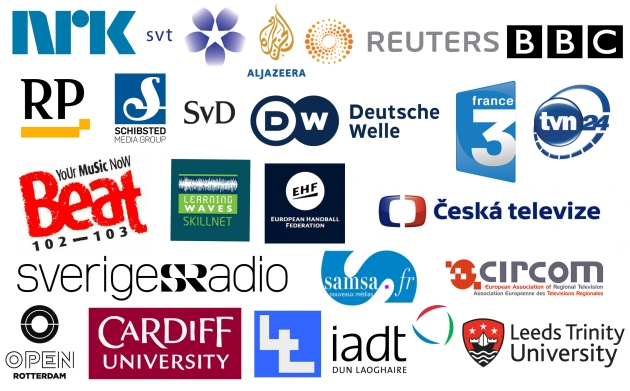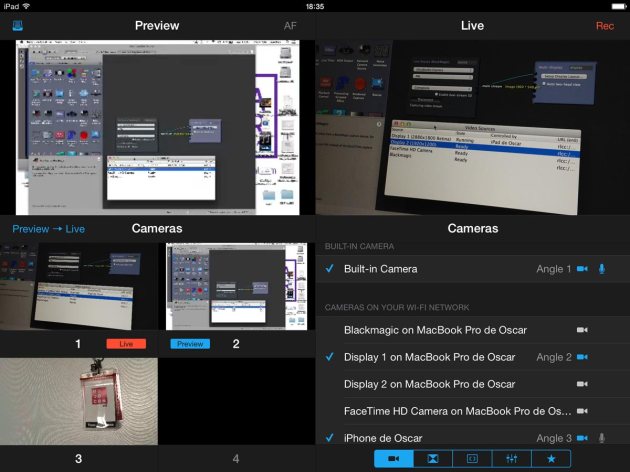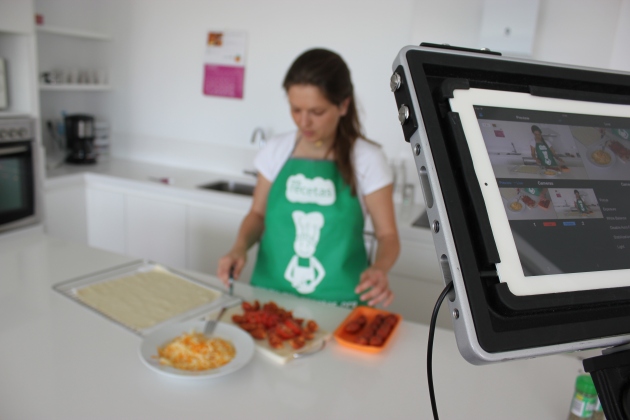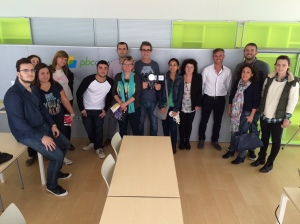My last TVVJ blog
November 16, 2017 10 Comments
I’ve been in the broadcast news/technology game since April 1st 1998. Yes, that’s right. I started my career in TV on April fools day! An omen (+/-) if ever there was one.
I’ve had many incredible experiences over those 19 years. Working as a broadcast support engineer, technical production manager, producer, director, cameraman, editor, trainer, mentor.
The highlights of my career have been the people I have had the privilege to work with. I’ve met so many talented people who have inspired me and many I now call friends. I met my wife Fiona while working in TG4.
I started this blog in October 2010. At that stage in my life I had passed through my darkest and most tumultuous period, leaving my home in Galway and starting again, pretty much from scratch in Dublin. It was all upheaval, change and scary as hell!.
With that new beginning came new opportunities, it just took me a while to get my sh*t together and refocus. I can say with complete honesty I wouldn’t be here today were it not for the patience and support of Fiona.
In 2006 I had completed a BBC “Train the Trainer” program through Circom regional. By 2010 I was involved in their VJ training courses and indeed was delivering them in RTÉ as well as around Europe. It was on one of those courses in 2011 that I by happen chance started shooting with the iPhone and editing on the iPad and what would become the RTE Mojo project was born…
In the years since, I have put a huge amount of my time and energy into continuous research in the mojo space. I’ve also come to the conclusion that “Mojo” is not actually limited to the use of a smart phone for storytelling but is in fact a mind-set, predicated on the idea of the individual as a multi-media content creator/storyteller. If you use a drone, a 360 camera, a gopro, a dslr to film or a laptop instead of an iPad to edit, should that preclude you from being called a “MoJo”? I think not.
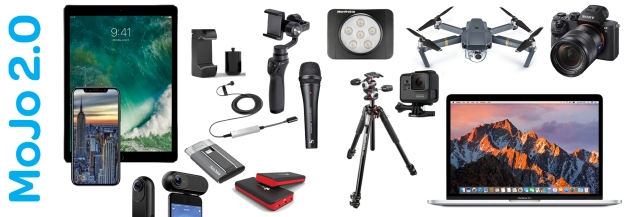
I started Mojocon in 2015 because I was becoming frustrated at the slow adoption of mobile journalism in broadcast organisations around the world-particularly ones where I had delivered training. I became annoyed when I received emails from former mojo trainees who had been told that their TV stations would not broadcast their finished mojo reports because the “quality did not meet minimum technical standards”. I had heard exactly the same argument years earlier when I was involved in the introduction of video journalism. Change is never well received in traditional organisations.
The idea for Mojocon was to bring the growing community of mobile storytellers together to share their experiences, techniques and knowledge. I wanted the conference to have 3 objective: Inspire, Equip and Educate. The Inspiration came from the stories shared during the plenary sessions. The Equip came from all the hardware and software manufacturers who came to exhibit their solutions and the Educate came from the workshops run by a selection of the speakers. I’m happy with what Mojocon has achieved in the three years I’ve run it. I have to say that were it not for the support of my boss Richard Waghorn, it never would have happened. The resistance I met along the way when trying to get the concept over the line is unbelievable-yet through perseverance and with Richards determined support it became a reality.
Philip Bromwell, Eleanor Mannion and a small group of other staff (you know who you are) have almost single handedly pushed the boundaries of Mojo over that period and I can say with absolute confidence that Mojo in RTÉ will continue to grow (and hopefully thrive) after my departure.
There are many reasons why I think now is the time to go…
-the 12 hours days with 3+ of them spent behind the wheel for the daily commute which means my kids are getting up when I leave the house and going to bed when I get home. (I asked to work from home 1 day a week but the request was declined)
-the lack of funding for research or development work. When I applied for the role I specified that Innovation would need a research and development fund, but because of the financial situation in RTE over the last few years that budget was not allocated. Its hard to experiment and innovate when you have to “make do and mend”.
-the fact that I am at a glass ceiling in the organisation and cannot progress beyond my current position of Grade 1 manager reporting directly to a member of the RTÉ executive, the CTO.
-and many more things but I guess one of the biggest drivers is the realisation that the new structure that has been announced will ultimately result in RTE doing exactly the same thing but with a different team at the helm.
An opportunity to rethink WHAT RTE DOES and HOW RTE DO IT may be missed and this could be the last chance to realign the organisation, the idea of digital disruption is still eyed with suspicion and ridicule. When I enquired about Innovation and where it would reside in the new structure (I had pitched for an Innovation team, drawn from across the company, ring-fenced with scope to break, fix and fix better) I was told “there will be no specific team, we all need to be innovative”.
So its time to put my money where my mouth has been for the last 7 years…
For me the vision of where mojo can fit in a newsroom, any multi-media newsroom, is crystal clear. As technology improves and as AI goes mainstream I can see clearly how a virtualised (cloud based) mojo newsroom is the best way forward in realising the potential.
I believe much of the resistance in “traditional” media is borne out of a knee-jerk response to attempts to shoe-horn mojo into traditional newsroom infrastructure, disrupting the status quo. “Its not 4:2:2“, “the frame rate is not exactly 25fps” “the audio is not good enough” “we have to convert progressive to interlaced” “no one supports or wants 4k“ – all these protests have been fired back at me as reasons why mojo cannot be implemented. In a traditional newsroom these protests may have some validity but they fall away when you see mojo for its true potential: an end to end news ecosystem in its own right.
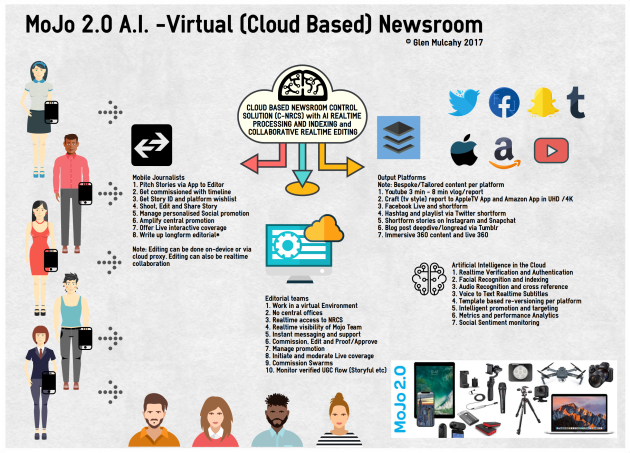
If we consider developments in cloud infrastructure, AI, 5G and mobile tech then there is real potential in a virtual newsroom that can be spun up without any substantive* (by comparison to a traditional newsroom model) capital investment and it can operate above/outside the traditional newsroom structure but by leveraging cloud based transcoding delivering “ready for ingest/broadcast” content at the END of the workflow.
The reason that the tv content should sit at the end of the workflow is that the key drivers of mojo are trust, credibility and immediacy – truly mobile FIRST and leveraging the platforms where the audience reside in realtime to get the content to them-as distinct from UGC.
For the audience who continue to watch linear scheduled news on TV, the content from earlier in the pipeline can be repurposed into more traditional/explainer/analytical style reports.
Where mainstream tv news media are at risk of missing out is failing to respond quickly enough to the changing audience demographics and platforms. Regurgitating the content from the linear TV schedule AFTER broadcast is just crazy! It’s “todays news, tonight” (the TV equivalent of Newspaper’s “Yesterday’s News today”)
Sure, don’t throw the baby out with the bath water. If there is a viable audience for the linear output and they want your content then “Give it to them” but if there is also an audience for different types or versions of stories on social media then “Give it to them too”. We (the broadcaster/media company) serve the audience. If we don’t give them what they want (our USP is credibility, accountability, trust, ethics etc) then they will happily migrate to one of the myriad of startups flourishing in the social vacuum we have allowed to grow. Keep an eye on Facebook, Mr. Zuckerberg has his sights set on video news.
Remember mobile technology is ONLY GOING TO GET BETTER and recently, as I watched the launch of the iPhone 8/8+ and iPhoneX one thing DID catch my eye and it wasn’t about the iPhone it was about the new Apple TV-4K. There, buried in the slides was a sign of the future of mojo-news. SVT and SKY have already partnered up with Apple to get their content on the OTT Big screen. I’ve tweeted about this a lot recently. Playlists on the AppleTV Facebook App are (algorithmically) addictive. Of course you can always Airplay (or Chromecast) content from your smartphone to the big screen if you have an appleTV/Google Chromecast.
The potential of a Mojo, cloud-based, AI enhanced, newsroom could be a mixture of shortform social content throughout the day and then a HBO/VICE style evening news show on the “big screen” via Apple TV which is tailored to the viewers preferences and from peer/friend referral. Sure, some “News you MUST know” and algorithmically selected items wouldn’t go astray either but the true potential here would be to shift some of the money from the million Euro technical infrastructure used to create linear TV news production into a non-linear distributed, virtualised service where the money is spent on 1. People and 2. Stories – for that is where our true creative potential resides.
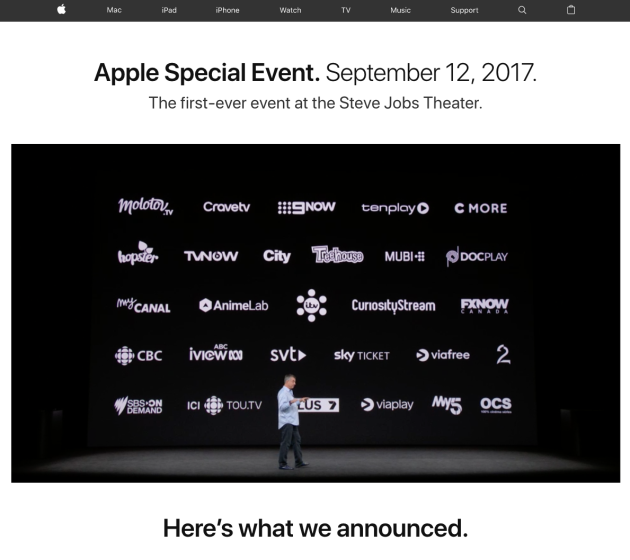
We are entering a phase of exponential disruption.
My last day in RTÉ will be Friday December 15th. There are opportunities to be explored beyond Donnybrook, other organisations and companies who don’t have baggage, companies who are more open to change and ready to listen.
Above all there are companies who actually understand that to be innovative one must try. Create a structure, assign roles, agree deliverables, fund them, break things, fix things but above all else try and in doing so understand, failure is perfectly ok. For me, that is the essence of Innovation.
As my former colleague Mark Little often shows in presentations…
“Ever tried. Ever failed. No Matter. Try Again. Fail again. Fail better”
– Samuel Beckett.
This WILL likely be the last post on this blog.
Once I leave RTE my plan is to start a weekly vlog and to do more live stream AMA sessions. My energy will go into training and consultancy. I have just launched an online/ e-Learning mojo course in partnership with the Thomson Foundation http://www.thomsonfoundation.org/e-learning/ and I have some other exciting initiatives to reveal in the New Year.
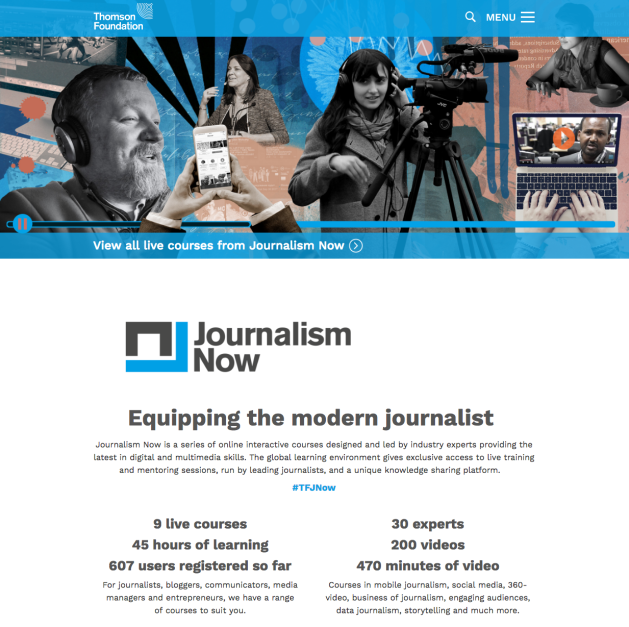
TV VJ is done. Its been a blast!
Thanks for coming with me on the journey this far. Hope you will join me for the next chapter 🙂
GM
PS You might be asking yourself “What about Mojocon?”
RTÉ own the brand and the idea (even though it was my concept) I’ve been told that RTÉ will run another event after my departure with a view to “scaling and monitising it”. My vision was always that the event would be not-for-profit and only seek to cover its own costs, it’s perhaps appropriate that as the event is getting a new direction it also will have new organisational leadership. For my part I intend to host at least one mojo event in Europe in 2018, (I just can’t call it Mojocon), but I’ll take the opportunity to rethink the event and to try make it more inclusive and more accessible. Stay tuned.
